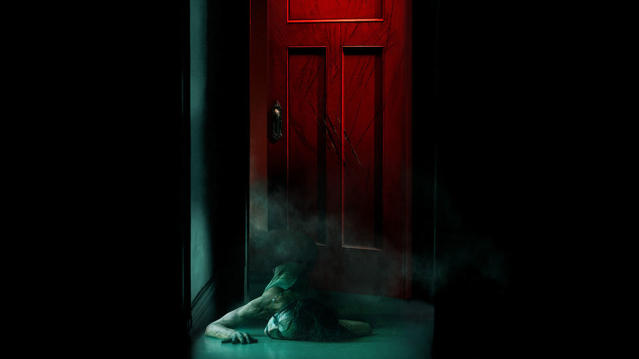A horror franchise gets its final chapter from first-time director Patrick Wilson in Insidious: The Red Door. Scott Teems pens the screenplay from a story by longtime series writer Leigh Whannell. The latest entry in the franchise is a direct sequel to Insidious: Chapter 2.
A decade after the events of the second chapter, the story begins: the family appears to have returned to some semblance of normality after the nightmare that had caused Josh Lambert to be possessed, Elise Rainier’s death, and the mortal threat to his wife Renai (Rose Byrne) and his children Dalton (Ty Simpkins) and Foster (Andrew Aster).
As a result of the weight of the secret carried by the woman, who had agreed to have Josh and Dalton hypnotized to erase the terrible events that had turned them against each other, a “normality” did not prevent the separation between Josh and Renai. Dalton, who has just left home to begin college, begins to experience strange visions in his art education class; he sketches a mysterious red door guarded by a disturbing presence.
Foster, the younger brother, has a good memory of events from his early childhood. However, the other brother, Josh, is experiencing memory lapses and visions that could be repressed. It seems that Dalton’s latent power to travel in the dimension known as “the Elsewhere” has been awakened, and the spirits that occupy that dark place are ready to harm the family again.
The story for Insidious: The Red Door brings back the Lambert family to significant effect, although Rose Byrne is entirely on autopilot as the film belongs to Wilson and Simpkins. I will give credit since the plot delves deeper into the mythology and lore established in the previous films, providing new and longtime fans with a deeper understanding of the Insidious universe.
The performances in the movie are routine, with the cast delivering clichéd portrayals of characters grappling with supernatural horrors. The chemistry between the family members feels forced, which won’t establish an emotional connection with the audience. Additionally, the film introduces new and bland characters who are just there.
Additionally, horror experts will see the jump scares from a mile away. Modern horror films rely too heavily on this tactic, and Insidious: The Red Door loses the balance of the previous films by using them sparingly and at just the right moments. Wilson’s inexperience as director also shows as the pacing, particularly in the first act, could be faster at times, which might test the patience of some viewers.
Insidious: The Red Door is a weak closing to the franchise without scares and thrills. The script fails to build upon the established mythology while introducing new elements to keep things fresh.
Final Grade: C-
Insidious: The Red Door is in theater now




